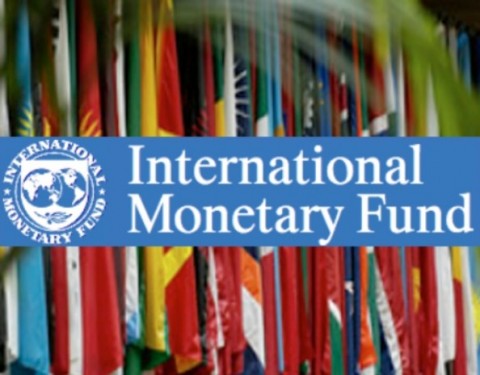Economic Growth In Sub-Saharan Africa To Drop By 3.3% In 2023- IMF
Business News, Latest Headlines Thursday, October 12th, 2023
(AFRICAN EXAMINER) – Amid global slowdown and political instability, growth in Sub-Saharan Africa (SSA) is expected to fall to 3.3 per cent this year from 4.0 per cent recorded in 2022.
This is according to the latest International Monetary Fund (IMF), Regional Economic Outlook for SSA: “Light in the Horizon’’ released at the World Bank Group/IMF 2023 Annual Meetings in Marrakech, Morocco.
The report said the funding squeeze in the region was not over.
“For Sub-Saharan Africa, the inflationary shock following Russia’s war in Ukraine has meant a growing number of people in situations of acute food insecurity, slowing international demand.
“Also, higher borrowing costs and ongoing exchange rate pressures, yet another shock for a continent still emerging from the COVID-19 pandemic.
“The region has also faced increased political instability over the past few years, with recent military takeovers highlighting the implications of fragility.
“As a result, growth in 2023 is expected to fall to 3.3 per cent from 4.0 per cent in 2022,’’ the IMF outlook forecasted.
The IMF outlook, however, said external conditions were improving, and although the global environment remained difficult, there had been some welcome improvements in the past six months.
“The pandemic is over (for now), consumption has proven unexpectedly resilient across a number of large economies, and global inflation is slowly falling.
“Also, borrowing costs have eased, and food prices have dropped, this is good news for a region grappling with an acute cost-of-living crisis and an already-troubling incidence of poverty,’’ it further said.
The IMF also said that macroeconomic imbalances were declining, stating that across the region, inflation was falling, public finances were stabilising, and much-needed subsidy reforms had been put in place in select countries.
“The median public debt ratio has stabilised at around 60 per cent of Gross Domestic Product (GDP), halting a 10-year upward trend.
“Median inflation peaked in March at almost 10 per cent and is now around seven per cent in July.’’
The report further says a rebound was on the way where growth would rebound to 4.0 per cent in 2024, with rates improving in around four-fifths of the region’s economies.
It said that Non-resource-intensive countries would continue to perform strongly.
“The outlook in the region is less ominous, but it is too early to celebrate.
“In many cases, inflation is still too high, government borrowing costs are still elevated, exchange rate pressures persist, energy prices remain volatile, and political instability is an ongoing concern.’’
The IMF, therefore, recommended four policy priorities for the region.
The first policy is to pause monetary policy tightening where inflation is both falling and on the target path.
“In countries with elevated and rising inflation, however, further tightening is warranted.
“The second policy is to reduce debt vulnerabilities while creating space for development spending. This demands a delicate balance between raising revenues and protecting growth.
“Third policy is to allow the exchange rate to depreciate where needed, while also working to mitigate some of the follow-on effects of depreciation, including higher inflation and increased debt payments.
“The fourth policy is to invest in the future to improve living standards, particularly in resource-intensive countries where per capita income growth is expected to remain very low.
“Reforms include more investment in education, better management of resource-based wealth, improved business climate, digitalisation, and greater trade integration,’’ the report said.
The IMF said international solidarity remained essential, saying amid large development needs, Official Development Assistance to the region was trending downward.
“The IMF has provided policy guidance and financing of 55 billion dollars since the start of the pandemic, more than twice the amount disbursed in any 10-year period since the 1990s and much at zero interest.
“In the region, five arrangements have been approved under the Resilience and Sustainability Facility, and four countries have received a combined 358 million dollars from the new Food Shock Window.’’ (NAN)
Related Posts
Short URL: https://www.africanexaminer.com/?p=91371






















